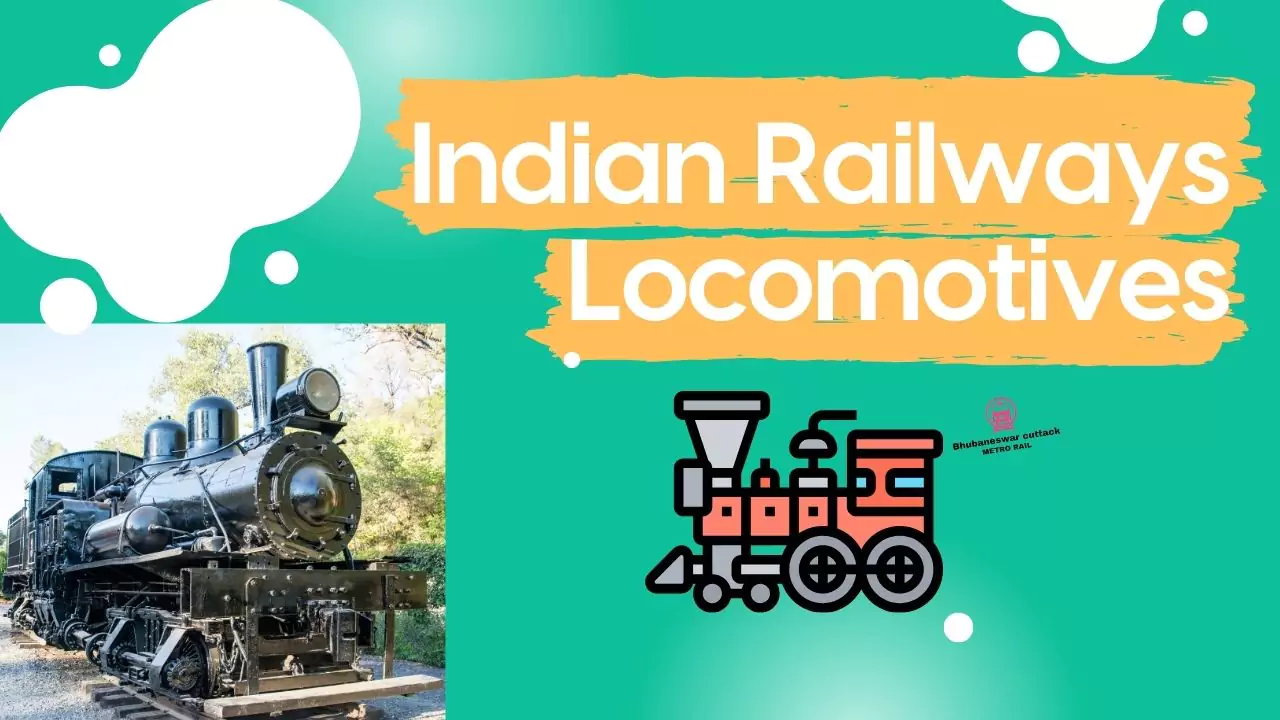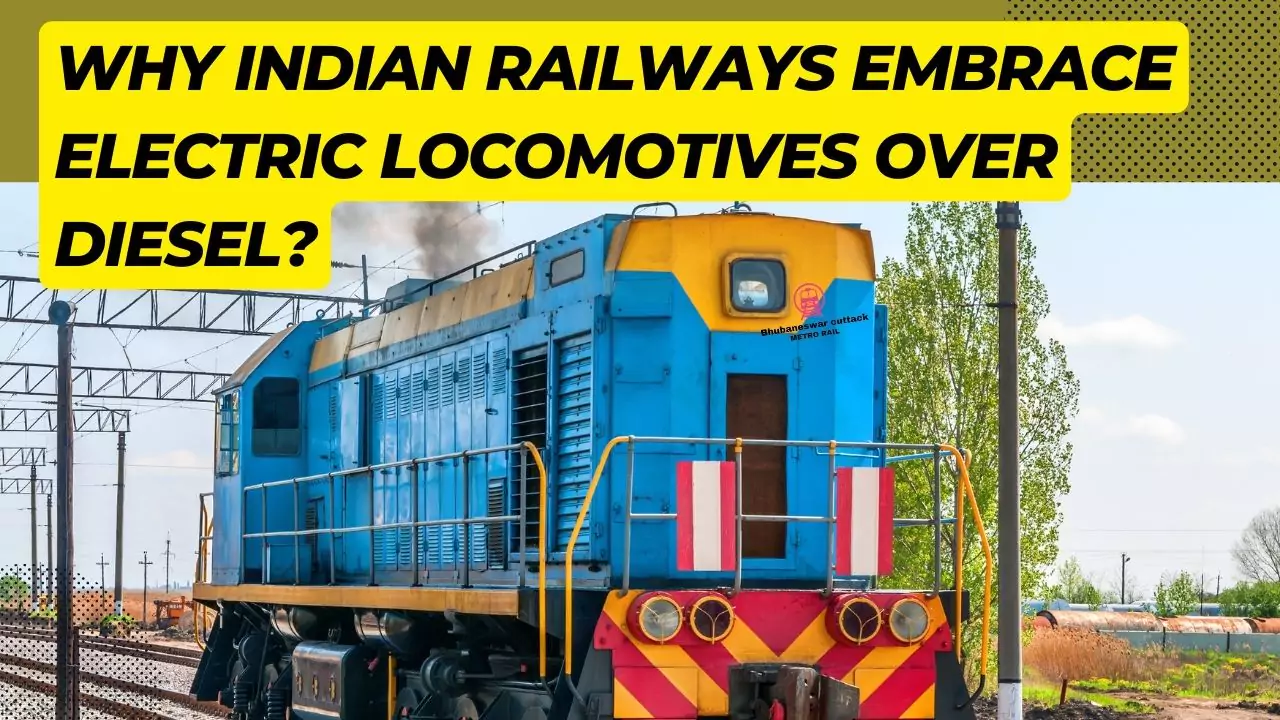Indian Railways Embrace Electric Locomotives Over Diesel
The evolution of Indian Railways stands as a testament to progress and innovation in the transportation sector. Over the years, the landscape of locomotives has transformed significantly, with a pivotal shift from diesel-powered trains to embracing electric iron horses.
Evolution of Indian Railways
Historical Overview of Indian Rail System
From its inception in the mid-19th century to the modern-day extensive network, Indian Railways has been the lifeline of transportation, connecting diverse terrains and cultures across the subcontinent.
Advancements in Locomotive Technology
The continuous technological advancements have propelled the Indian Railways into a new era, driving efficiency, sustainability, and enhanced performance in locomotive engineering.

Environmental Concerns in Rail Transportation
Impact of Diesel Locomotives
Diesel choo-choo, once the backbone of Indian Railways, posed significant environmental challenges due to emissions, contributing to air pollution and climate change.
Transition to Electric Locomotives
The transition to electric iron horses aligns with the imperative need for sustainable transportation, reducing carbon footprints, and embracing eco-friendly modes of travel.
Benefits of Electric Locomotives
Efficiency and Performance
Electric locomotives offer enhanced efficiency, swift acceleration, and smoother operations, ensuring a seamless travel experience for passengers and optimizing freight transport.
Environmental Impact and Sustainability
The adoption of electric trains significantly reduces greenhouse gas emissions, fostering environmental sustainability and mitigating the adverse effects of traditional diesel-powered engines.
Challenges in Implementing Electric Iron Horses
Infrastructure Development
The shift to electric locomotives demands extensive infrastructural upgrades, including electrification of tracks and modernization, posing logistical challenges and investment requirements.
Cost Considerations
While the long-term benefits are evident, initial investment costs and operational expenses pose financial challenges in the immediate transition phase.
Indian Railways’ Initiatives
Strategies for Electric Locomotive Integration
Indian Railways has outlined strategic plans, including massive electrification drives and partnerships, to swiftly integrate electric iron horses into their network.
Future Plans and Vision
The vision encompasses a comprehensive shift towards electrification, augmented by technological innovations and sustainable practices.
Comparison: Diesel vs. Electric Locomotives
Performance Metrics
Analyzing performance parameters between diesel and electric iron horses offers insights into the advantages of the latter, emphasizing reliability and operational efficiency.
Environmental Footprint
A comparative evaluation highlights the significant reduction in carbon emissions facilitated by the widespread adoption of electric trains.
Global Trends in Railway Electrification
Case Studies from Other Countries
Examining international case studies reveals success stories and best practices, serving as a guide for Indian Railways’ electrification journey.
Lessons for Indian Railways
Learning from global experiences aids in efficient planning, execution, and addressing potential challenges along the way.
Economic Implications
Cost-Benefit Analysis
A thorough examination of the economic impact showcases the long-term cost-effectiveness and financial viability of electric iron horses.
Impact on Freight and Passenger Services
The transition foresees positive implications for both freight and passenger services, improving operational efficiency and service quality.
Technological Advancements in Electric Locomotives
Innovations Driving Change
Emerging technological advancements in electric locomotives, such as regenerative braking and battery-powered trains, redefine the future of rail transportation.
Potential for Future Growth
The trajectory indicates exponential growth potential, with innovations shaping the landscape of sustainable railway systems.
Addressing Common Misconceptions
Myths Surrounding Electric Locomotives
Dispelling misconceptions about electric trains fosters understanding and acceptance among stakeholders and the general public.
Facts Supporting the Transition
Presenting factual evidence reinforces the rationale behind the transition, addressing concerns and promoting informed decision-making.
Future Outlook
Projected Impact on Indian Railways
The seamless integration of electric locomotives is set to revolutionize Indian Railways, marking a significant stride towards sustainable and eco-friendly transportation.
Role in Sustainable Transportation
The pivotal role of electric trains in contributing to a greener, cleaner future underscores the importance of this transformative shift.
FAQs
Q: Are electric locomotives more cost-effective than diesel locomotives?
A: Yes, despite initial investment costs, electric locomotives offer long-term cost savings due to lower operational expenses and energy efficiency.
Q: How does the transition to electric locomotives benefit the environment?
A: Electric trains significantly reduce greenhouse gas emissions, contributing to improved air quality and mitigating climate change effects.
Q: Will the shift to electric trains impact the frequency or quality of railway services?
A: No, the transition aims to enhance service quality and operational efficiency without compromising frequency or reliability.
Q: What measures are Indian Railways taking to address infrastructure challenges in electrification?
A: Indian Railways is actively investing in track electrification and modernization projects to facilitate the smooth integration of electric locomotives.
Q: Can electric trains operate efficiently across diverse terrains in India?
A: Yes, advancements in electric locomotive technology enable them to operate seamlessly across varied landscapes, ensuring efficient travel.
Conclusion
Indian Railways Embrace Electric Locomotives Over Diesel signifies a paradigm shift towards sustainable, efficient, and environmentally conscious transportation. Embracing electric trains not only elevates operational efficiency but also lays the groundwork for a greener future.

